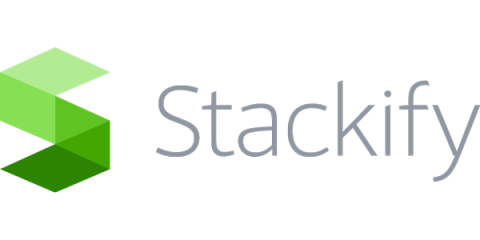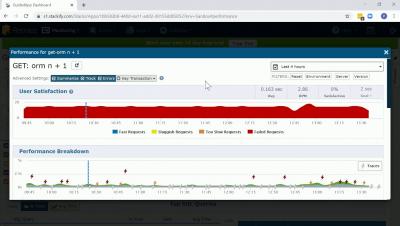Kubernetes Monitoring Developer's Guide
Writing software is hard. Balancing the demands of shipping with assuring quality presents challenges. Also, you must have an eye on keeping code readable and maintainable. It’s not easy. Beyond mere development, maintaining a running application is still harder. Serving users requires responding to problems in a timely fashion. In order to respond to problems, you need to know they exist. In short: writing software is hard; running software is often harder. And that’s why we monitor.







